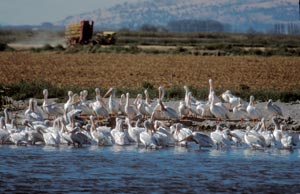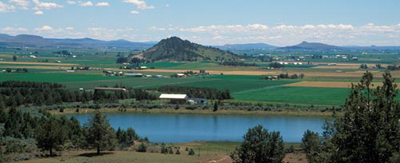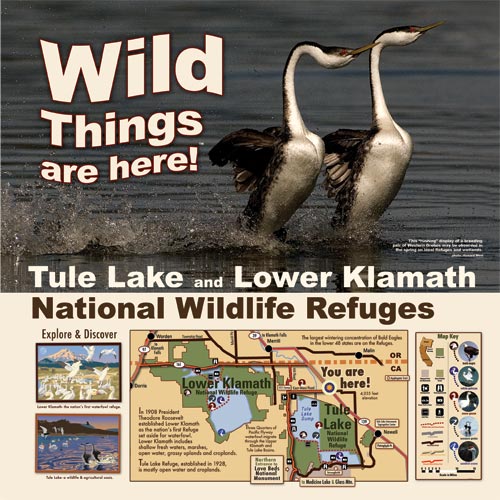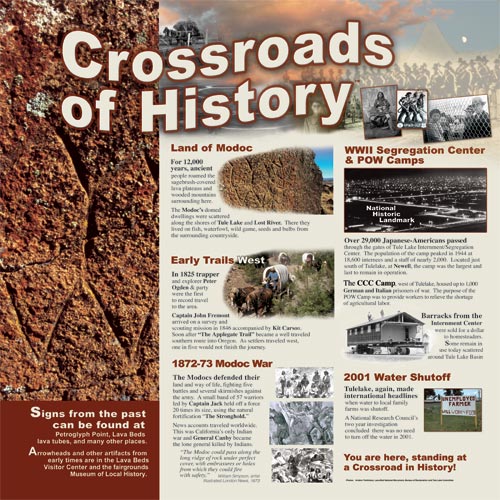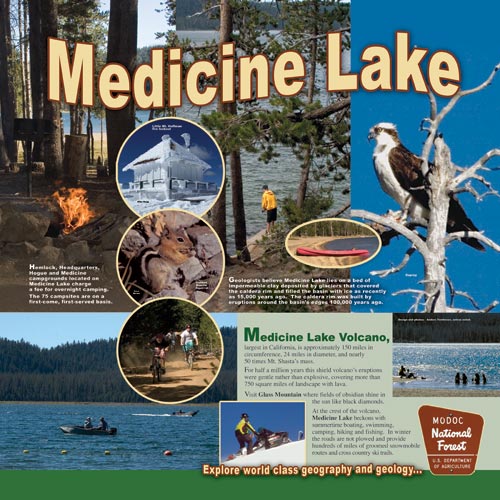Homesteading

Tulelake is the southern end of the Klamath Reclamation Project.
photos-Bureau of Reclamation and Anders Tomlinson
The United States in 1900 needed to expand and open new settlements for it’s growing population. It was truly time to go west. The concept was to dam and redirect river water to areas that could grow food and start towns. The harnessed water would also create much needed power. The southwest would become the new population frontier and resulting economic bonanza. Opening the southwest also opened opportunities for European emigrants to start new lives. Reclamation had global implications.
Here, in the Upper Klamath Basin there was water, a key element for settlement. In fact, there was an excess of water that had to be drained.
And so it was that Tule Lake and Lower Klamath Lakes became fertile farm land controlled
by diversions. Czech settlers migrated to farm. Lucky World War I and II veterans,
lottery winners, were invited to homestead. The Klamath Reclamation Project was successful.
Engineers were able to move, or remove, water, where and when needed. Upper Klamath Basin could support a larger human population. Settlement of the west had begun.
Headline Makers
Tulelake Homesteaders were on the cover of Life Magazine in 1946. Articles on the
Japanese-American Segregation camp were in Life Magazine during World War II.
In 2001, Klamath Reclamation Project water shutoff made evening news across the nation
and the world. The last Indian War in California, and the first to be reported internationally,
was the Modoc Indian War fought in what is now the Lava Beds National Monument.
The Applegate Trail and Lassen Trail traveled through Tule Lake basin with eastern settlers
headed north and south. Earlier, tribes crisscrossed the basin.
This is an intersection of human nature.
We Learn from our Past
The Tulelake documentary provides an opportunity to witness migration. A film trilogy is underway. One, the spring waterfowl migration. Two, reclamation of the west. Three, the forced migration of Japanese-Americans. Other historic migrations include Native Americans, Czech settlers and the Hispanic influx. There is also an undertone of federal agency migration.
The rifts and faults of the land and the building and collapsing of mountains,
are also reminders that land forms themselves are migrating.
©2010 Anders Tomlinson, all rights reserved.


